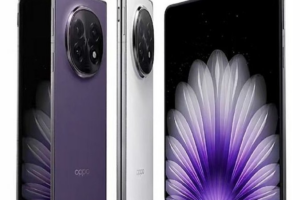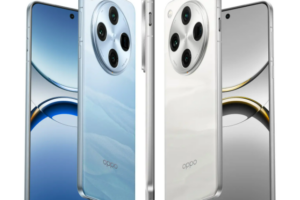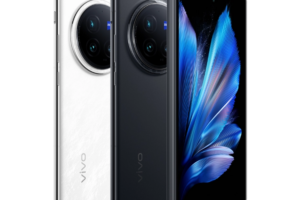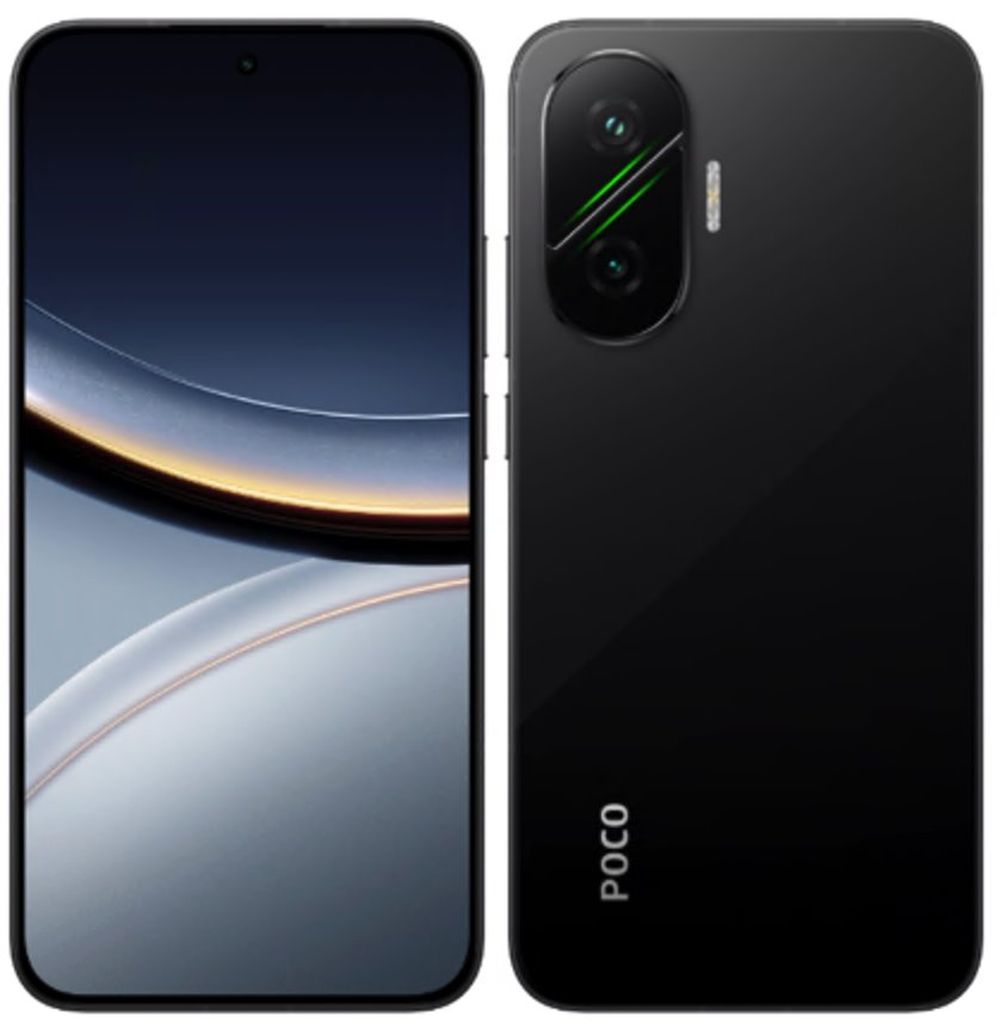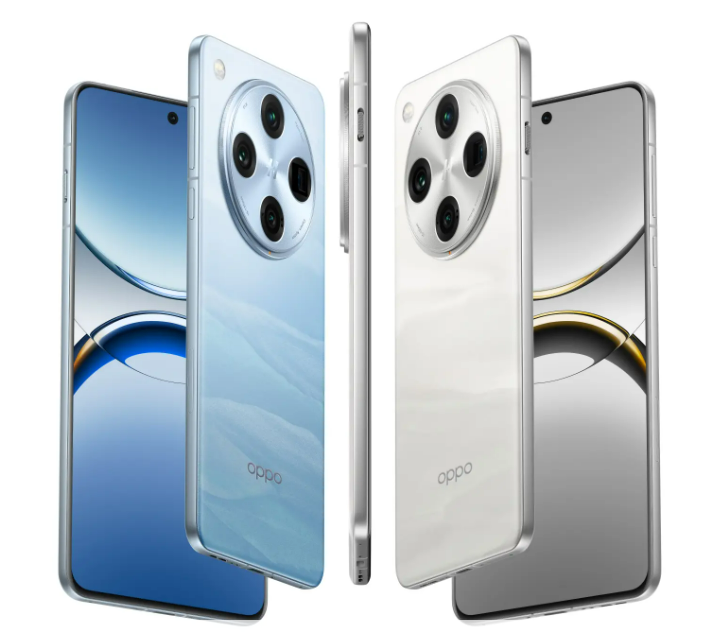Some users have reported that their Android devices charge a lot more slowly after it has been updated to Lollipop OS. Follow the steps listed below to resolve the issue:
- Kill or stop all the unwanted applications. You may also restart the device once. This will not only stop all the applications running in the background but will also clear the cache memory. Users may put the device to charge after the restart and check.
- As a normal practice, do not exit an application by pressing the home button. Instead, use the back button to come out of an application. This will ensure that the app does not keep running in the background and drain the battery.
- Games take up a lot of processor power and battery charge. Hence, do not play games on your devices when it is put to charge.
- Make sure that all the ends of the USB charger cable are connected in the proper manner before the device is put on charging. Loose ends would mean that the battery does not get charged; instead it may lose power very rapidly.
- Users may also power off the device and then try charging the battery.
- Ensure that all the apps are updated and compatible with the new Android Lollipop OS
- If the issue persists, then verify if the charger or cable is faulty or not. Ensure that the original charger that was shipped with the device is used to charge it. This will prevent power effectiveness and compatibility problems, thereby helping avoid slow charging problems
- Try plugging in the charger to a different socket; or use another compatible charger to charge the device; or use the charger to charge a different device. These steps will help isolate the source of the problem.
- Users may use just the cable to charge the device by connecting it to a computer or a laptop. It may however be noted that charging the battery through this method is going to be slower than normal. This step will only help verify whether or not the cable is faulty.
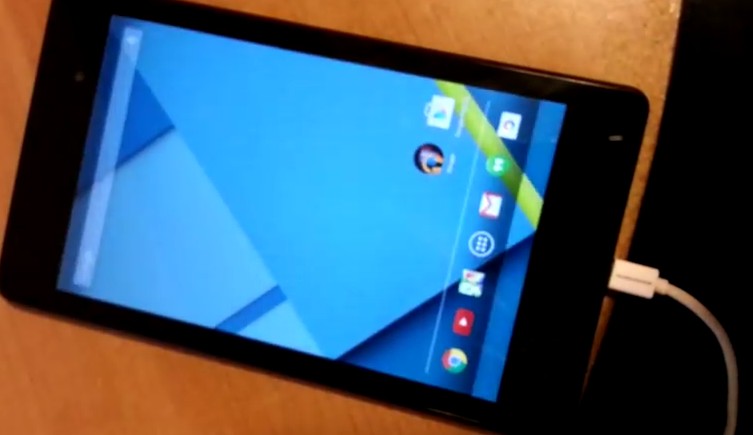
If there is nothing wrong with the charging hardware, then follow the troubleshooting steps discussed below; these steps are different for different devices.
- Slow charging may be caused due to conflicting or buggy apps. Users may run the device in safe mode to verify if buggy apps are the cause. It may be noted that safe mode disables non-system apps. If the ‘slow charging’ issue does not occur in safe mode, then a particular app or apps is the cause. Users may then uninstall the apps one by one to find out the culprit app.
- The above discussed process of deleting apps one by one can be tedious; so users can skip it and instead go for a factory reset and then selectively reinstall the apps and verify if the issue comes back. It is also important to note that factory reset erases all data, hence back up all the data before resetting the device.
- Before factory resetting the device, users may also try clearing the cache partition via the recovery mode and then check if slow charging issue persists. If it does, then back up the data and reset the device to original factory settings.
- If slow charging continues even after the reset, then contact the manufacturer or visit a service center for further assistance.


